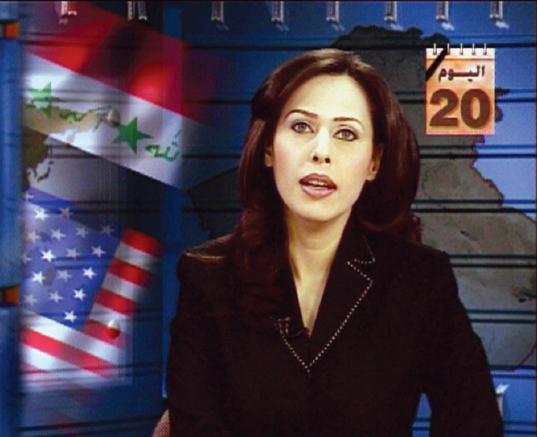The Power of Visual Language
Printed Page 402
The shift from a print-dominated culture to an electronic-digital culture brings up the question of how the power of the visual imagery so prominent in TV and Internet news compares with the power of the printed word. For the second half of the twentieth century, TV news dramatized America’s key events visually. Civil Rights activists, for instance, acknowledge that the movement benefited enormously from televised news that documented the plight of southern blacks in the 1960s in evocative moving images. Many people find visual images far more compelling and memorable than written descriptions of events or individuals.

Today, the Internet functions as a repository for news photos as well as film and audio. When broadcast repeatedly by TV news stations or radio stations, these digitized recordings can now extend a message farther and spread it much faster than in previous eras. For example, on the 2008 campaign trail in Philadelphia, then presidential candidate Barack Obama delivered a speech on U.S. race relations and his biracial heritage, titled “A More Perfect Union,” that critics and supporters alike compared favorably to Martin Luther King Jr.’s famous 1964 “I Have a Dream” speech. While Obama’s speech drew relatively small audiences on cable when he delivered it live, millions viewed it later on YouTube. Digital broadcasting and rebroadcasting can have more negative effects, too: In 2010, as Donald Trump toyed briefly with running for president in 2012, he resurrected an old accusation, suggesting that President Obama was born in Kenya, not Hawaii. This story spread across the Internet—on Twitter, blogs, and forums—and traditional news outlets also covered the “controversy,” even doing stories about not covering the completely unfounded rumors. In late April 2011, President Obama released his long-form birth certificate just to curtail the resilient (and baseless) story.